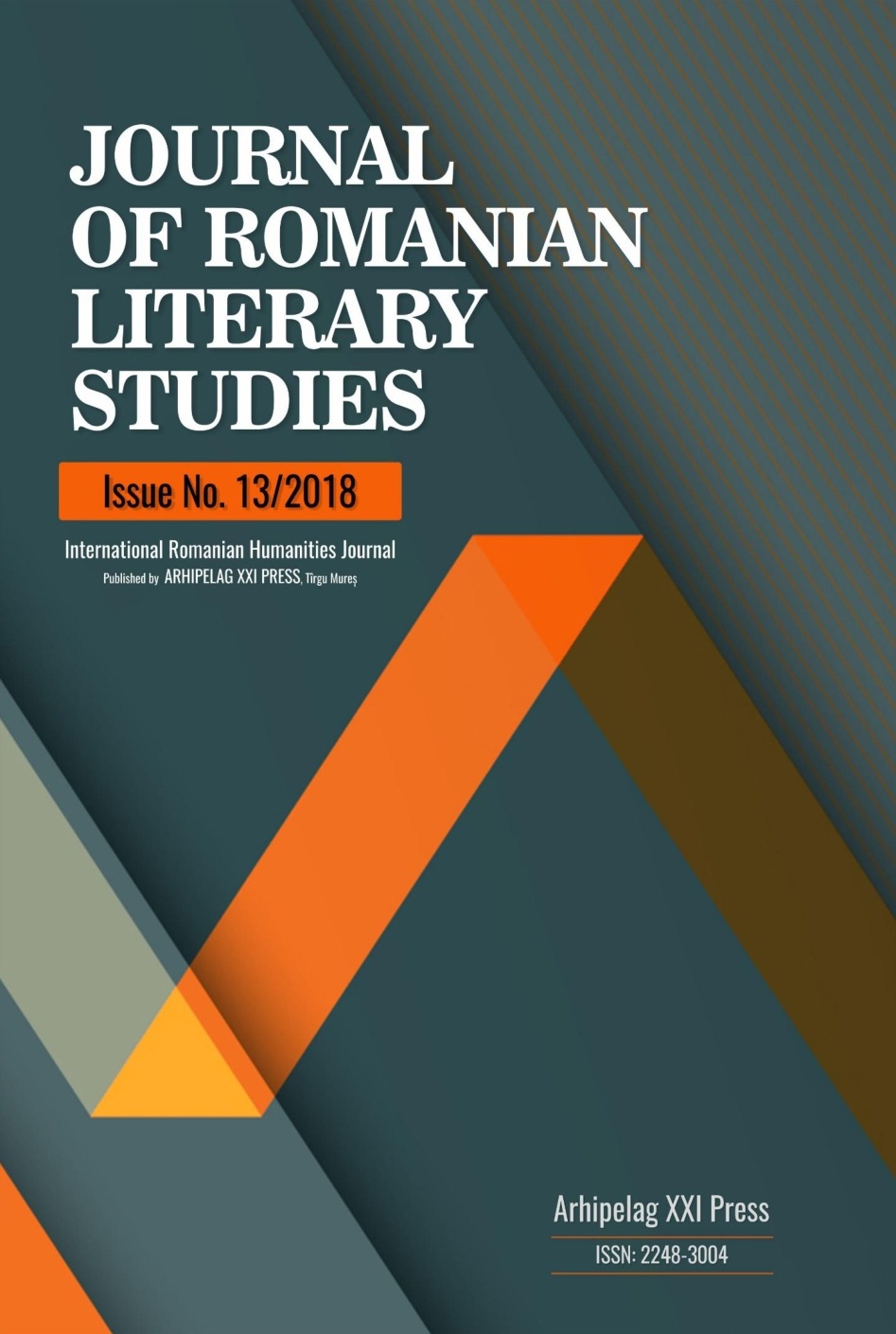THE REGIONALIZATION OF THE GREAT RELIGIONS OF THE WORLD
THE REGIONALIZATION OF THE GREAT RELIGIONS OF THE WORLD
Author(s): Mara VasileSubject(s): Christian Theology and Religion, Islam studies, Sociology of Religion
Published by: Editura Arhipelag XXI
Keywords: regionalization; universal religions; Christian space; Islamic space; Buddhism space;
Summary/Abstract: This study aimed to capture the distribution of the religious beliefs and practices around the globe, but here it is emphasized their location and their regionalization. For the highlighting of the interactions between the natural and the religious practices of a social group it is necessary the shaping of the geographical space according to the relational component. This is a result from the interference between the component support (the natural environment) and the active component (the religious community), making together a religious environment. The universal religions proclaim their application to all the people from the world, permanently drawing new adherents through missionary and conversion from different geographical areas or regions. The member quality of one of the worldwide religions can be gained by anyone who wants to go through a special symbolical ritual (for instance the baptism in Christianity). There are not made discriminations based on national, ethnics' reasons or because of the religious beliefs practiced in the past. To the three big religions of the world Ŕ Christianity, Islamism and Buddhism Ŕ join 58% of the Globe population, as 3 billion of believers. According to their Global numerical distribution is tried a geographical typification through the designation of the terms like Christian space, Islamic space and Buddhism space. The religious believes have determined, in a special way, the citizens' lifestyle in all the regions of the world, but also social or demographic characteristics. Although in the developed countries the believes and religious practices decreased in intensity, the biggest part of the population being indifferent to the religious phenomenon, their last influence is seen in the landscape of the towns and of the villages, which is most of the times dominated by religious edifices, through the traditions, the customs or the habits of abstinence.
Journal: Journal of Romanian Literary Studies
- Issue Year: 2018
- Issue No: 13
- Page Range: 314-320
- Page Count: 7
- Language: Romanian

